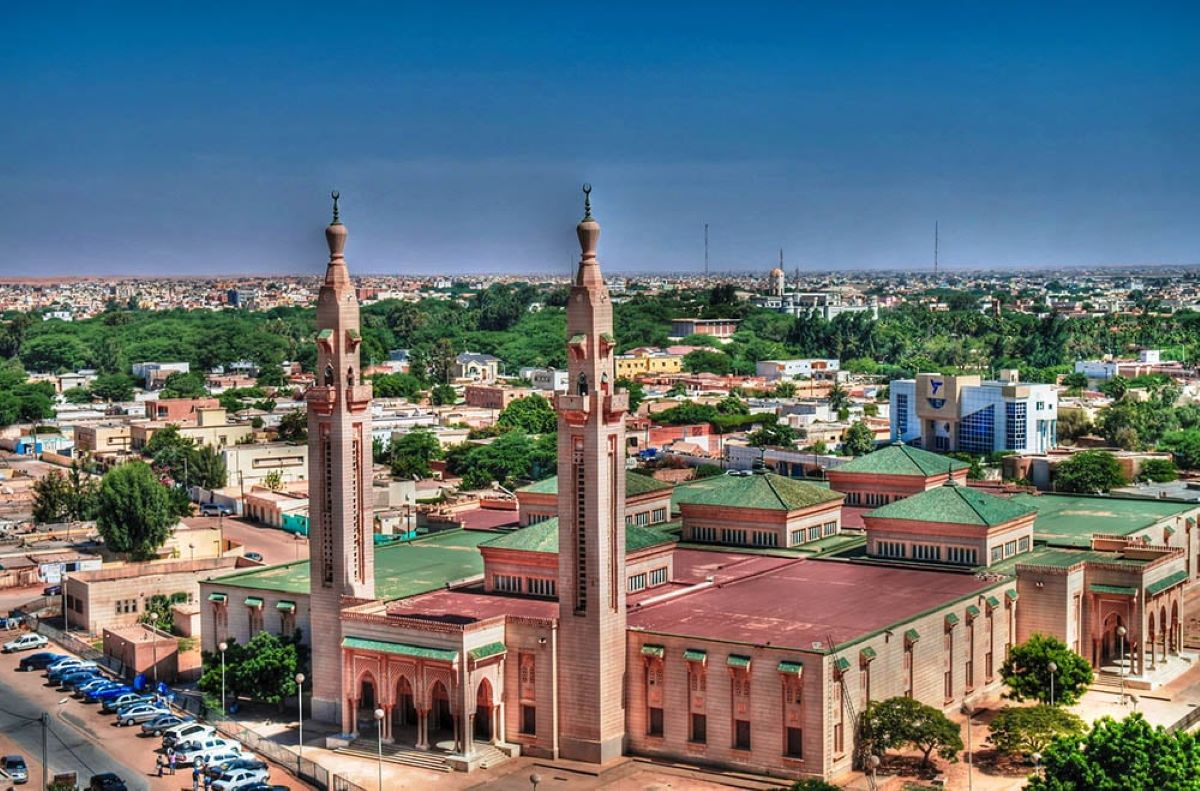Mauritania, located in the western region of North Africa, is a country characterized by its vast desert landscapes, rich history, and diverse cultures. With a unique blend of Arab and Berber influences, Mauritania offers visitors an intriguing glimpse into a land steeped in tradition and natural beauty. From the sandy dunes of the Sahara Desert to the bustling markets of its cities, Mauritania is a destination waiting to be explored.
Table of Contents
Geography
Mauritania spans approximately 1,030,700 square kilometers, making it the eleventh-largest country in Africa. Bordered by the Atlantic Ocean to the west, Algeria to the north, Mali to the east, and Senegal to the southwest, Mauritania boasts a variety of landscapes, including coastal plains, sandy deserts, and fertile river valleys. The Sahara Desert dominates the country’s northern region, featuring iconic dunes that can reach heights of up to 150 meters.
The Senegal River, which forms part of the southern border, is essential for agriculture and provides a vital water source for local communities. Mauritania’s diverse geography is also home to several national parks, including Parc National du Banc d’Arguin, a UNESCO World Heritage site known for its rich birdlife and marine resources.
States of Mauritania
Mauritania is divided into 15 administrative regions, known as wilayas (states). Each wilaya is further subdivided into departments. Here is a table listing the 15 wilayas (states) of Mauritania along with their capitals:
| No. | Wilaya (State) | Capital |
|---|---|---|
| 1 | Adrar | Atar |
| 2 | Assaba | Kiffa |
| 3 | Brakna | Aleg |
| 4 | Dakhlet Nouadhibou | Nouadhibou |
| 5 | Gorgol | Kaédi |
| 6 | Guidimaka | Sélibaby |
| 7 | Hodh Ech Chargui | Néma |
| 8 | Hodh El Gharbi | Aïoun El Atrouss |
| 9 | Inchiri | Akjoujt |
| 10 | Nouakchott-Nord | Dar Naim |
| 11 | Nouakchott-Ouest | Tevragh-Zeina |
| 12 | Nouakchott-Sud | Arafat |
| 13 | Tagant | Tidjikja |
| 14 | Tiris Zemmour | Zouérat |
| 15 | Trarza | Rosso |
History
Mauritania has a complex history shaped by its geographical location and cultural influences. The region has been inhabited for thousands of years, with evidence of ancient civilizations such as the Berbers and Soninke people. In the 11th century, the arrival of Islam transformed the cultural landscape, leading to the establishment of trade routes that connected West Africa to North Africa and the Mediterranean.
The Ghana Empire, which emerged in the 4th century, played a significant role in the region’s early history. It was followed by the Mali Empire, which reached its height in the 13th century. The trade of gold, salt, and slaves made these empires powerful and prosperous. Mauritania served as a vital center for commerce and cultural exchange during this period, contributing to the development of cities like Walata and Ouadane.
Colonization in the 19th century introduced new challenges to the region. France established control over Mauritania in the late 1800s, and the country became part of French West Africa. Mauritania gained independence from France on November 28, 1960, becoming a sovereign nation. However, the country has faced political instability and social challenges since independence, with ongoing efforts to promote democracy and development.
Top Ten Must-Visit Destinations
1. Nouakchott
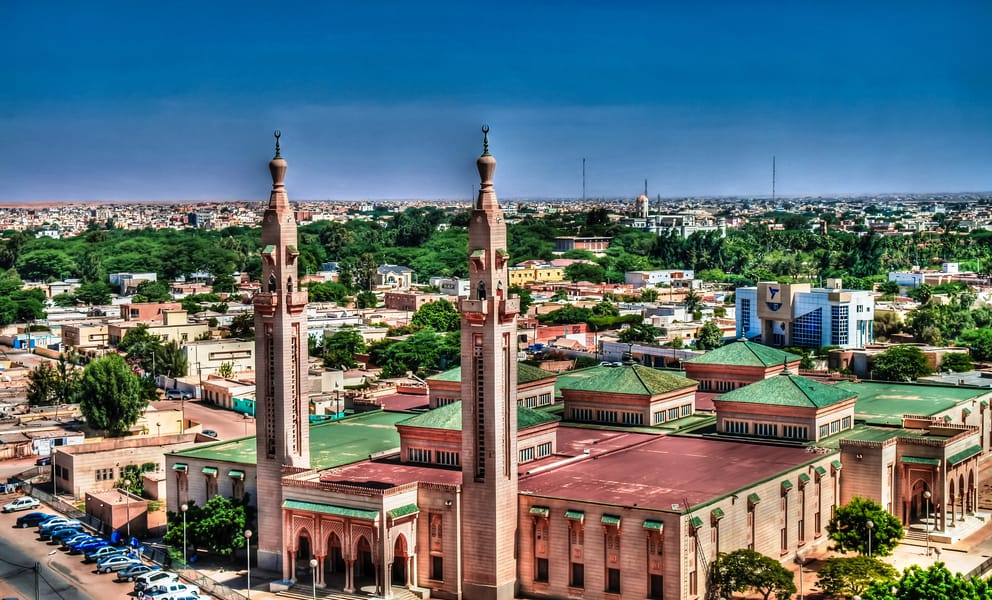
Nouakchott, the capital city of Mauritania, is a vibrant urban center with a mix of modernity and tradition. Visitors can explore the bustling markets, such as the Nouakchott Fish Market, where locals sell fresh catches of the day. The city’s cultural scene is enriched by museums and art galleries, showcasing the country’s heritage.
2. Banc d’Arguin National Park

Banc d’Arguin National Park is a UNESCO World Heritage site renowned for its stunning coastal landscapes and rich biodiversity. It is a vital habitat for migratory birds and marine life, making it a paradise for nature enthusiasts. Visitors can take boat trips to observe the park’s diverse wildlife and enjoy the breathtaking views of the Atlantic Ocean.
3. Chinguetti

Chinguetti is an ancient city that once served as a significant trading post and a center for Islamic scholarship. It is known for its historic architecture, including the Chinguetti Mosque, one of the oldest mosques in the country. The town is surrounded by the majestic dunes of the Sahara, offering a unique blend of history and natural beauty.
4. Ouadane
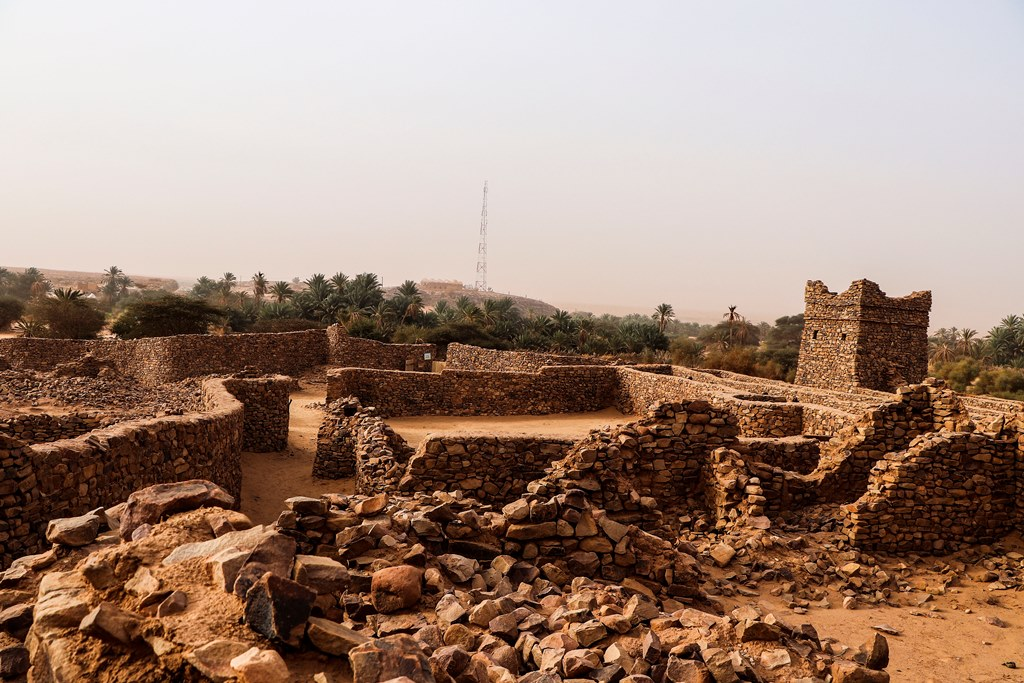
Ouadane is another historic town with a rich cultural heritage. Founded in the 12th century, it served as a crucial stop on trans-Saharan trade routes. Visitors can explore the ancient ruins, including the remnants of its old fortifications, and enjoy panoramic views of the surrounding desert landscape.
5. Atar
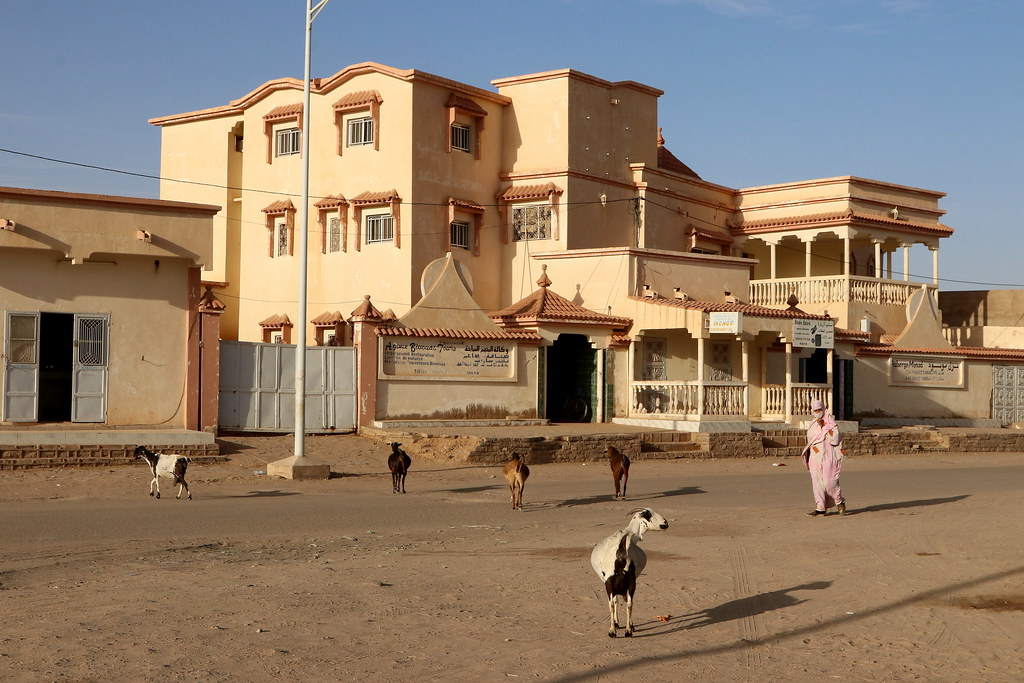
Atar is the gateway to the Adrar region, known for its stunning landscapes and traditional villages. The town offers access to the impressive Ksar of Atar, a UNESCO World Heritage site showcasing traditional Mauritanian architecture. Adventurers can embark on camel treks into the desert, exploring the breathtaking dunes and oases.
6. Terjit Oasis
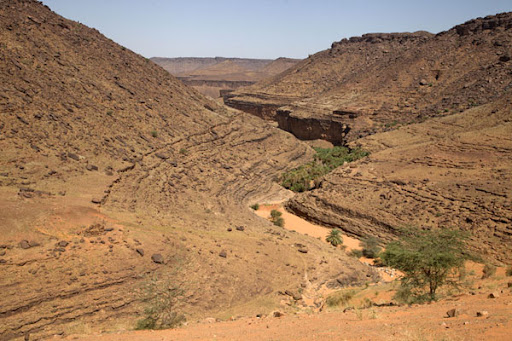
Terjit Oasis is a hidden gem nestled in the Adrar Mountains, known for its lush palm groves and refreshing natural springs. It is an ideal spot for relaxation and tranquility, where visitors can enjoy swimming and picnicking amidst stunning landscapes. The oasis is accessible by camel or 4×4 vehicle, adding to its allure.
7. Akjoujt

Akjoujt is a mining town known for its copper and gold resources. The town offers visitors a glimpse into Mauritania’s mining industry and its impact on the local economy. Nearby, the Azougui archaeological site features ancient ruins and artifacts, providing insights into the region’s history.
8. Ksar of Ouadane
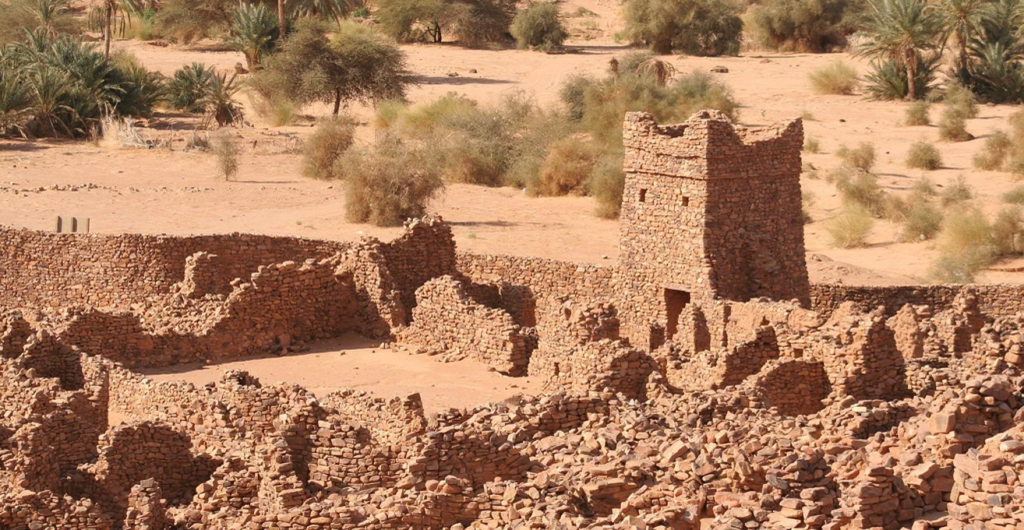
The Ksar of Ouadane is a UNESCO World Heritage site recognized for its historical significance and architectural beauty. This ancient fortified village features traditional mud-brick structures and is surrounded by stunning desert landscapes. Visitors can explore the narrow alleys and enjoy breathtaking views of the surrounding dunes.
9. Rosso
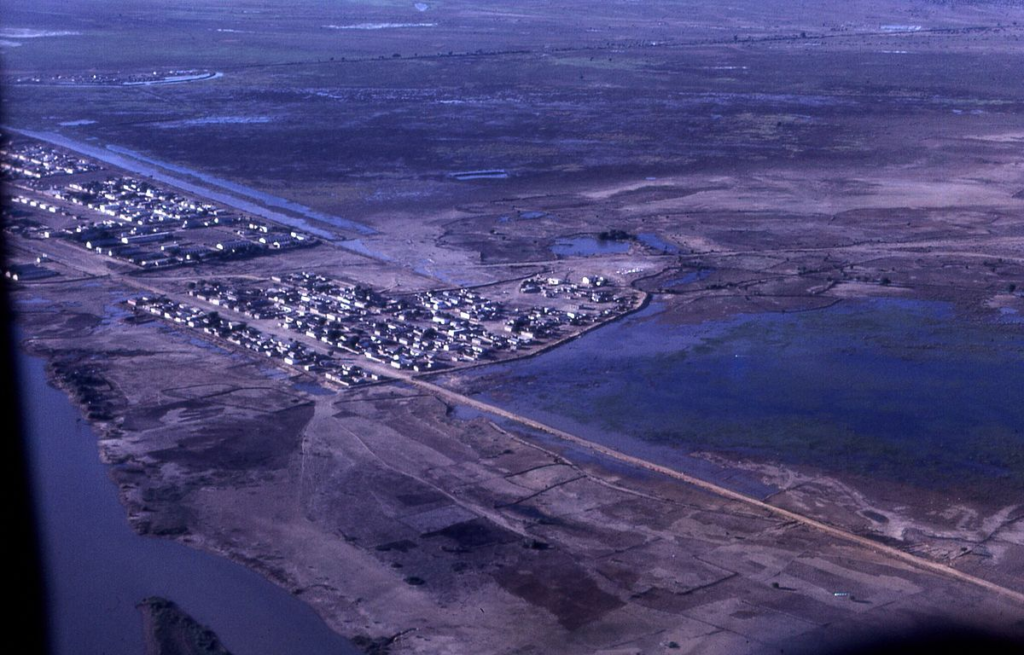
Rosso is a vibrant border town located along the Senegal River. It serves as a gateway for trade and travel between Mauritania and Senegal. Visitors can experience the lively atmosphere of local markets, where they can sample traditional cuisine and engage with friendly locals.
10. Mount Draa

Mount Draa is a stunning natural landmark offering panoramic views of the surrounding landscape. It is a popular hiking destination, attracting outdoor enthusiasts who seek adventure and exploration. The mountain is also home to diverse flora and fauna, making it a unique spot for nature lovers.
Culture
Mauritania’s culture is a blend of Arab, Berber, and African influences, reflecting its diverse heritage. The official language is Arabic, but French is also widely spoken due to the country’s colonial history. Various local languages, such as Pulaar and Soninke, are spoken by different ethnic groups, showcasing the rich linguistic diversity.
Music plays a vital role in Mauritanian culture, with traditional genres such as Griots, who are musicians and oral historians, telling stories through song. Instruments like the guitar, oud, and percussion are commonly used in performances, showcasing the country’s unique musical heritage. Festivals often feature live music, dance, and poetry, celebrating the country’s artistic expressions.
Mauritania is also known for its traditional crafts, including weaving, pottery, and leatherwork. Artisans create intricate textiles and beautiful ceramics, often inspired by cultural motifs and symbols. These crafts are not only a source of income but also a means of preserving the country’s cultural heritage.
Festivals
Mauritania celebrates a variety of festivals throughout the year, showcasing its rich cultural traditions and communal spirit. One of the most significant events is Eid al-Fitr, marking the end of Ramadan. Families come together to share festive meals, exchange gifts, and engage in prayers at mosques.
Another important festival is the Mauritanian Cultural Festival, held annually to celebrate the country’s diverse cultural heritage. The festival features performances, art exhibitions, and traditional games, allowing locals and visitors to experience the vibrancy of Mauritania’s culture.
The Nouakchott International Trade Fair is also a notable event, showcasing local crafts, products, and cuisine. It serves as a platform for promoting Mauritania’s economic potential and fostering connections between local artisans and international markets.
Economy
Mauritania’s economy is primarily based on agriculture, mining, and fishing. Agriculture plays a crucial role in sustaining the population, with crops such as millet, sorghum, and dates being cultivated along the Senegal River. Livestock farming is also significant, with cattle, camels, and goats being raised for food and trade.
Mining, particularly the extraction of iron ore, gold, and copper, is a key driver of the economy, contributing significantly to export revenues. The country is working to diversify its economy by promoting tourism and developing infrastructure to attract investment. Fishing is another essential sector, with Mauritania’s waters rich in marine resources, supporting both local consumption and export.
Cuisine
Mauritanian cuisine is a delightful reflection of the country’s diverse cultures and traditions. The staple food is couscous, made from semolina and often served with meat, vegetables, and spicy sauces. Mechouia, a grilled vegetable salad, is a popular dish enjoyed by locals.
Lakh is another traditional dish made from fermented milk, often served with rice or bread. Zrig, a drink made from milk and water, is commonly consumed during celebrations. Meals are typically communal, highlighting the importance of sharing food and fostering connections among family and friends.
Top Eight Most Famous Food
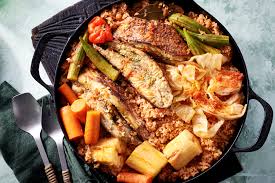
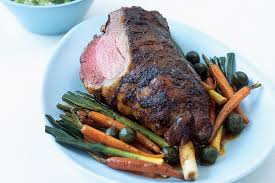
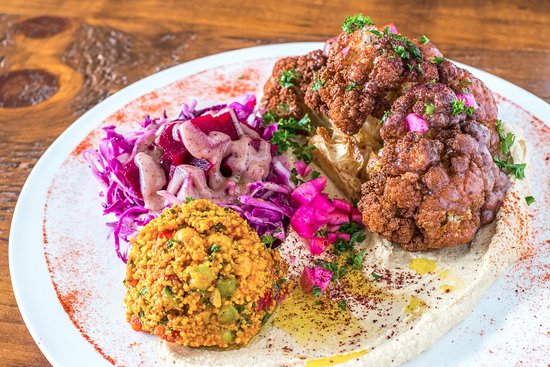
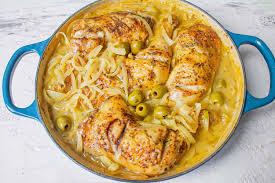
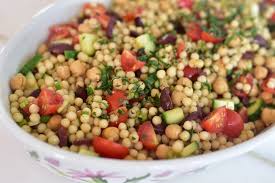
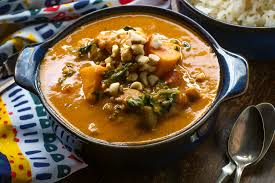
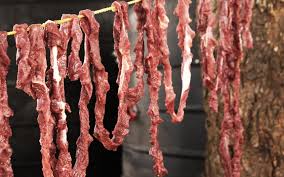
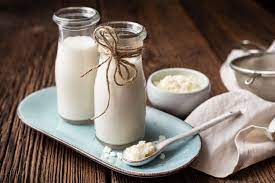
Interesting Facts
- Mauritania is home to the largest salt flats in the world, known as the Richat Structure or the “Eye of the Sahara.”
- The country has a rich nomadic heritage, with many people still practicing traditional herding and trading.
- Mauritania has a diverse population, consisting of various ethnic groups, including Arabs, Berbers, and Africans.
- The Banc d’Arguin National Park is a UNESCO World Heritage site and a critical habitat for migratory birds.
- Mauritania was once part of the Ghana Empire, one of the earliest empires in West Africa.
- The country’s flag features a crescent moon and a star, symbolizing Islam and the nation’s identity.
- Nouakchott is one of the largest cities in the Sahara Desert and serves as the country’s capital.
- Mauritania’s economy heavily relies on mining and fishing, with iron ore being one of the primary exports.
Conclusion
Mauritania is a captivating destination that offers a unique blend of rich history, stunning landscapes, and vibrant cultures. From its ancient cities to its breathtaking natural wonders, the country invites travelers to explore its diverse offerings and experience the warmth of its people. Whether trekking through the Sahara Desert or immersing oneself in the local culture, Mauritania promises unforgettable adventures and lasting memories.

